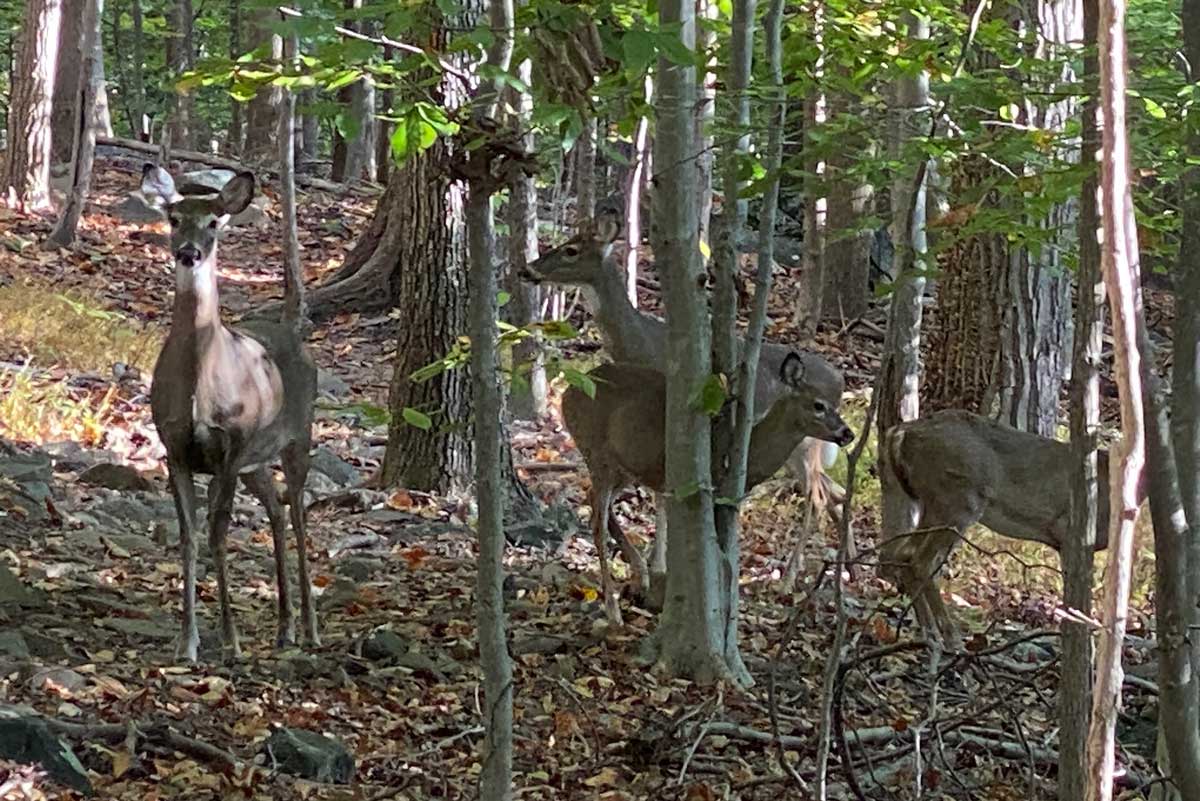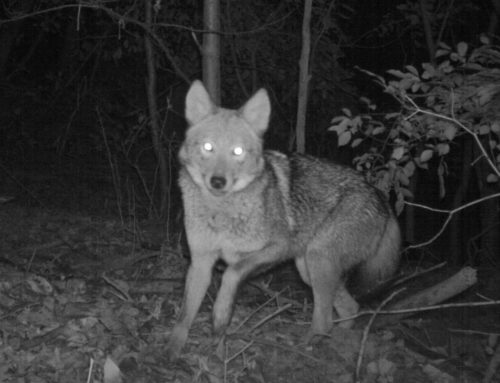Spring is at hand here in the northeastern US, and soon we’ll all be out enjoying walks in our local and state forests, soaking in the refreshing greenery. But few of us realize that what we’re strolling through are Zombie Forests, long dead and reaching out to touch us. At some time during the past few decades, white-tailed deer have eaten every native plant within reach, leaving behind only a handful of invasive species. And because these Zombie Forests are green, they appear as acceptable alternatives to the healthy forests I remember from a few years past.
When these invasive plants arrive, wildlife habitat disappears, producing one silent spring after another. Scarier still, the deadly combination of deer and invasive plants prevents native forests from regenerating, ensuring that when the trees of today’s forests succumb to age, there will be none to replace them, and our forests, and their wildlife, will disappear for good, within many of our lifetimes.
This problem is perhaps explained best by my friend Tom Rawinski, now a Bullard Fellow at Harvard University writing the definitive work on this subject, in his landmark paper:
The problem is complex, and proposed solutions are controversial. However, there can be no hope of fighting back against these Zombie Forests while they go unnoticed right before our eyes and there is no conversation. One weapon in the fight would be to install a series of large, fenced deer exclusion areas, where invasive plants can be eliminated and native plants restored. One town in New York’s Hudson Valley, having tried to reduce its deer herd through non-lethal means, has chosen to do just that:
To be effective, these deer exclusion zones should be placed in areas surrounded by decimated forests and in reasonably close proximity to populated areas, where they can be showplaces to contrast between healthy and Zombie Forests. They should then be exploited by schools and community organizations to bring awareness to this existential ecological crisis of our lifetimes before it’s too late, and perhaps in time to save the forests and their wildlife for now, for our children, and for many generations to come.
How can you help? Spread the word about the problem; start the conversation. Be a champion for wildlife and speak for those critters who have no voice. Advocate for deer exclosures and healthy forest restoration in your community. Become the change!




